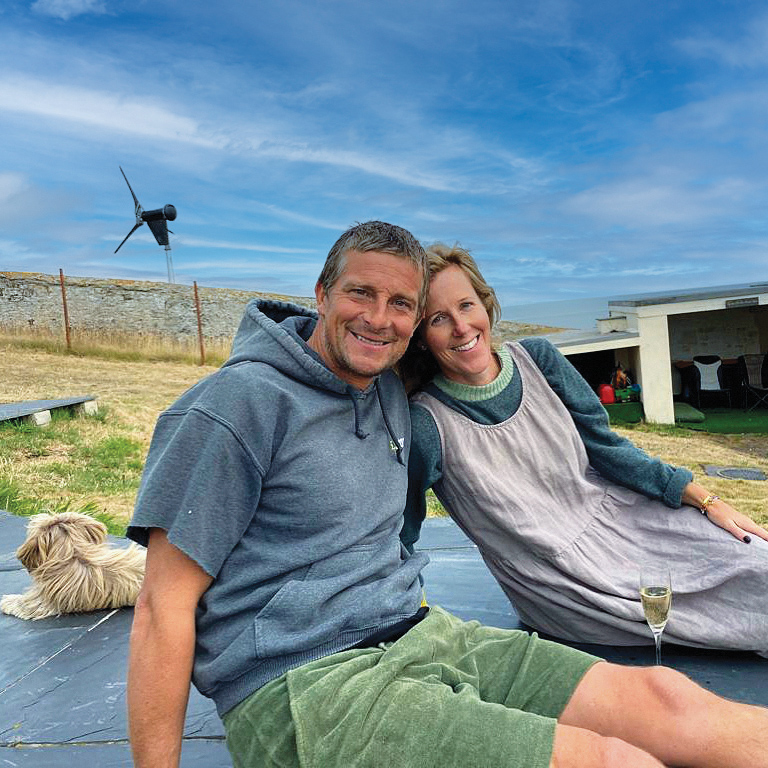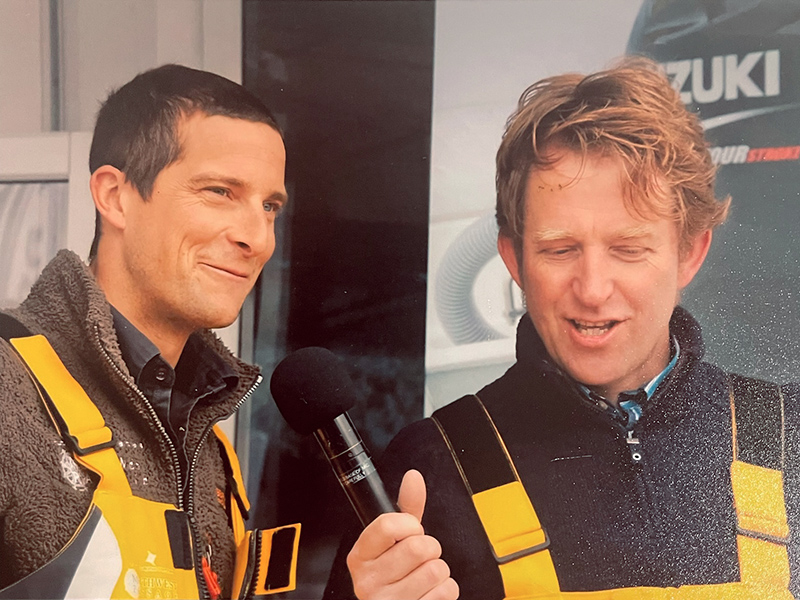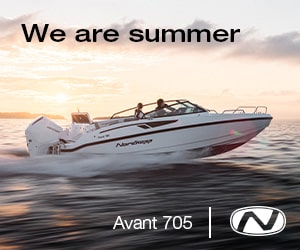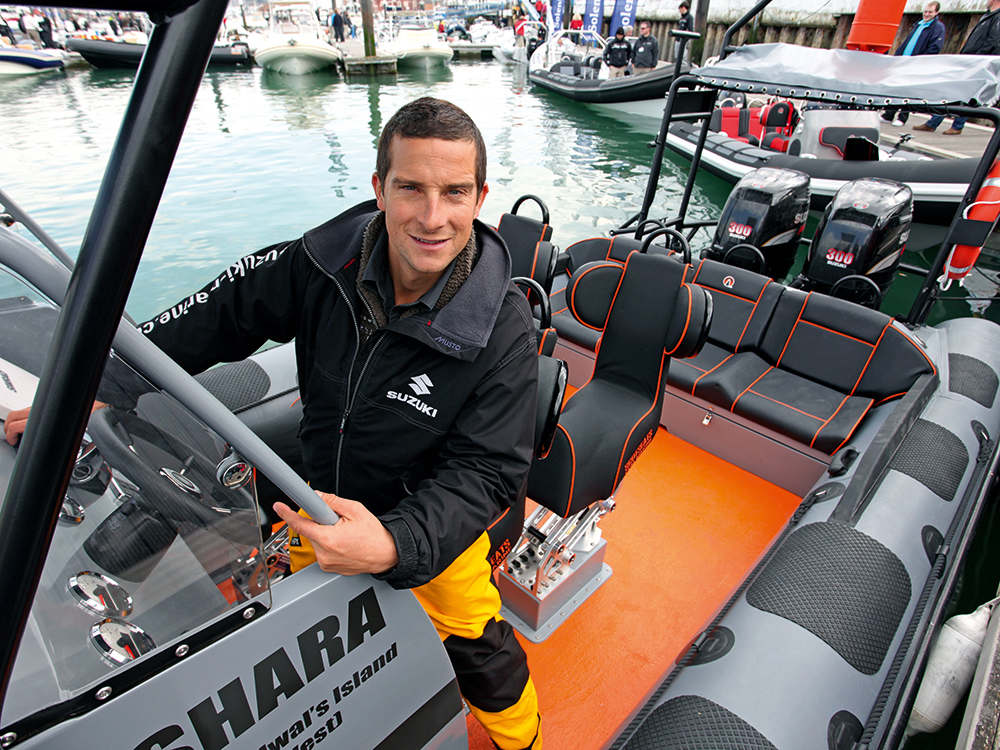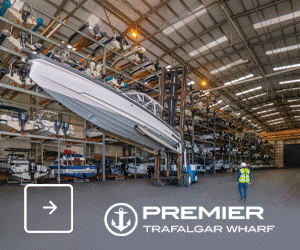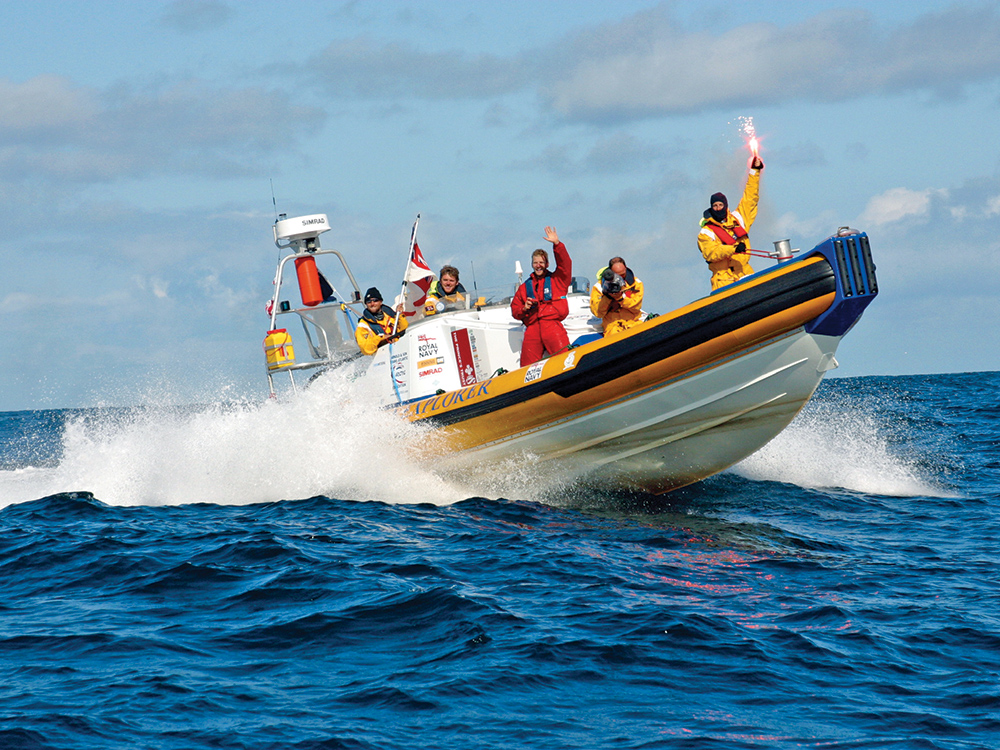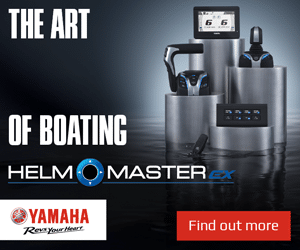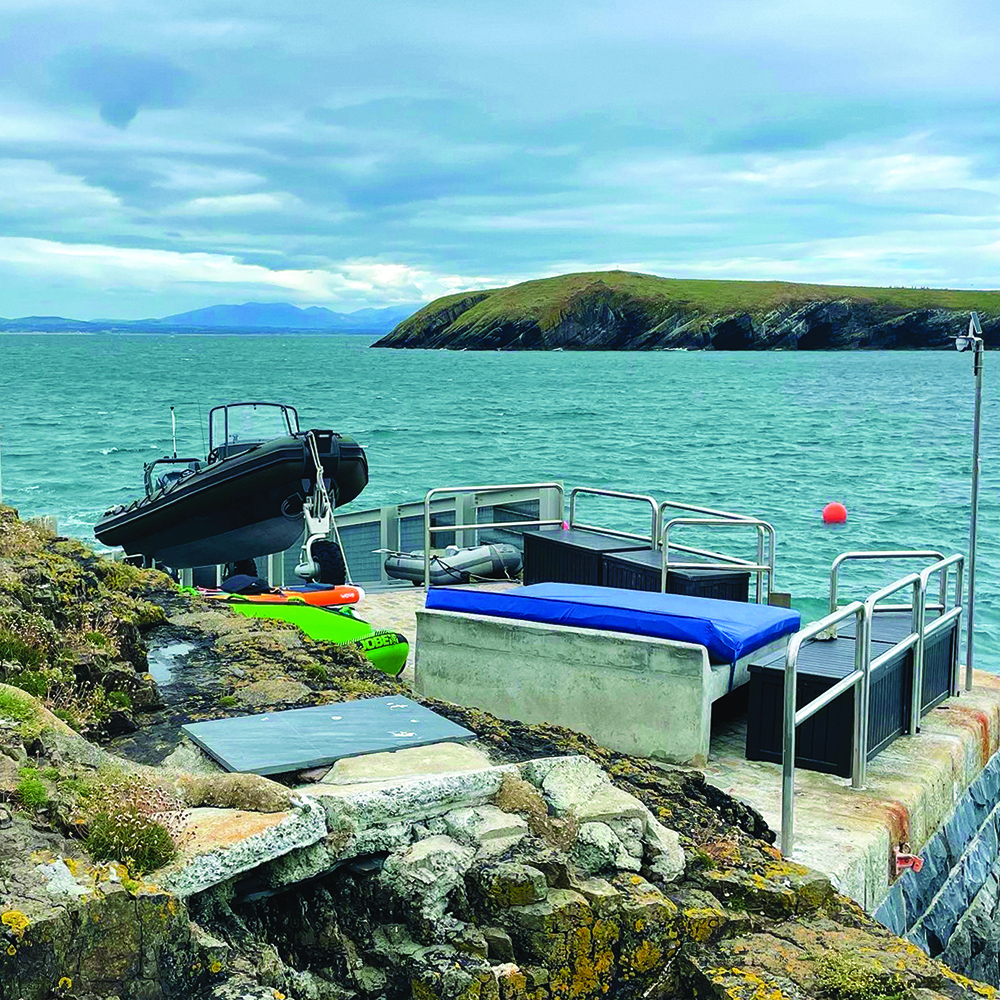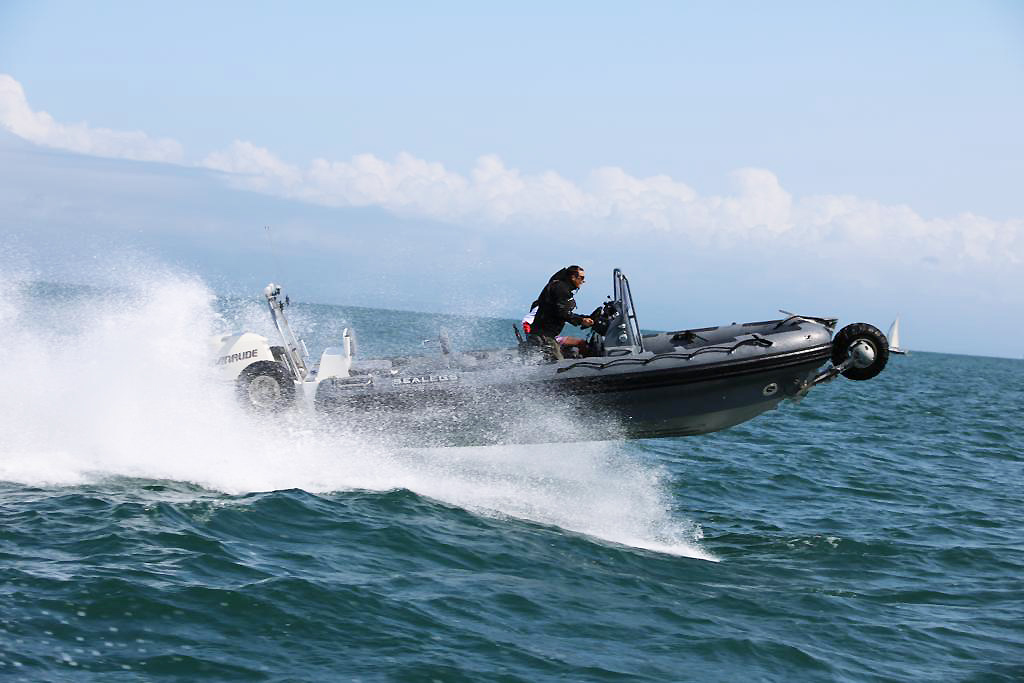Tell us about your favoured types of craft and what you use them for.
Where my family and I live, the seas around our island home can get really turbulent. One has to be ever respectful of the tidal waters encountered there. I recall some pretty wild crossings, some even made at night, with dogs, supplies and our children all loaded into the boat. With little tolerance for error, I’m not so sure I would be quite that bold now if I was to make those same lively passages again today — a case of getting older and wiser, methinks! But over the 20 years or so we’ve lived here on the island, I’ve learnt to observe and to take more time with things. It’s amazing what you learn just watching the neap and spring tides as they flow to and fro, interacting with the wind and weather. It taught me respect for the sea and an understanding of its forces.
But when it comes to short distances in big seas, such as those under 5 miles or so, I’ve come to the belief that small RIBs can, ironically, be safer than their bigger cousins. Everyone aspires to go bigger, but the truth is, the bigger the boat, the harder it can be to control in big seas and winds. I find RIBs between 5 and 8 metres in length possess a ‘sweet spot’ in terms of waterline and wavelength compatibility. Small, seaworthy deep-vee hulled RIBs can be incredibly agile in big, confused seas. It’s their power-to-weight responsiveness that can prove to be the lifesaver. Obviously, over long passages, you might appreciate having a larger vessel beneath you, if for no other reason than the increased comfort a longer hull can give its crew. But if I was in a force 10 gale and needed to get ashore from our island home, which is about 2 miles in all, I’d be tempted to take our old RNLI D-Class inflatable or even a jet ski! Why are you smiling? It’s true! Keeping it small has much to be said for it. Also, from the standpoint of our boys, they’ve learnt so many skills from playing about and helping with the D-Class and other boats we’ve run over the years.
I will add, though, that our 7.7m Sealegs is the everyday RIB we use for most of our back and forward trips to the island. She’s a tough ‘workhorse’ — a vessel we custom-designed with the NZ manufacturing team. The hull is aluminium as opposed to GRP and has a raised freeboard that makes it very stable and dry. The boat also has foam tubes, which obviously don’t deflate or puncture. If the Sealegs gets whacked on the rocks or quayside in rough weather, as it often does, there’s zero gelcoat to damage and it’s this robustness I absolutely love.


